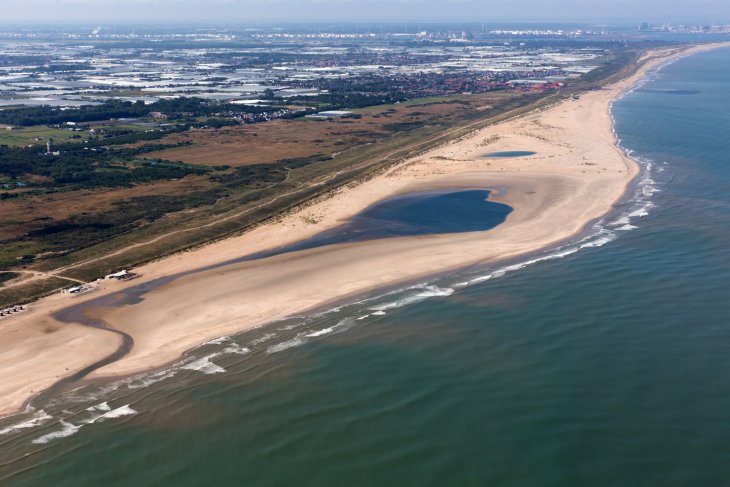The Water Engineering and Management department seeks a balance between nature and human needs. That department is at the forefront of studying natural defences against water, focusing on the concept of nature-based engineering.
What is Nature-based Engineering?
Nature-based Engineering is an innovative approach that incorporates ecological considerations into the field of civil engineering. It is engineering with nature. Nature is used to cope with the risks of the changing climate. Denie Augustijn, Associate Professor of Civil Engineering states that the concept of nature-based engineering is not black and white: ‘It’s a spectrum where, at one end, you let nature take its course completely and at the other end, you have a strictly technological solution.’
Nature-based Engineering in practice
Professor Kathelijne Wijnberg, part of the Water Engineering and Management department at the University of Twente, specialises in Coastal Systems and Nature-based Engineering. She highlights the Sand Motor as a prime example. Unlike conventional methods of periodically dumping sand to prevent erosion, the Sand Motor utilises natural currents, gradually replenishing beaches and dunes over an extended period. This approach not only safeguards against water but also nurtures vulnerable ecosystems at the beach. ‘We used to dump a lot of sand on the coast every few years to prevent erosion, but in doing so we disrupted the ecosystem. The Sand Motor ensures that the dunes remain a safe water barrier while allowing vulnerable nature to flourish.’

Kathelijne Wijnberg, Denie Augustijn and Markus Berger | Photo: Rikkert Harink
Is Nature-based Engineering just imitating nature?
Nature-based Engineering is about more than just making good use of nature. When civil engineers work nature-based they actively seek out cooperation in many areas. Not just with water managers but also with ecologists, climate researchers and many more stakeholders. Nature-based engineering serves many different functions in nature. Besides acting as wave breakers, the Dutch salt marshes in the Wadden Sea are important for biodiversity and CO2 storage. This natural coastal protection preserves all kinds of unique species and captures CO2 while also reducing waves. If you can maintain all these functions, you kill several birds with one stone.
Diverse measures exist to enhance cooperation with nature in water management. For instance, studies investigate the impact of herb-rich plants on dike strength, creating a more varied root layer than traditional grass. These initiatives not only fortify structures but also contribute to biodiversity. The dike becomes a 'bee highway'.
If Nature-based Engineering is so complex, why do we still do it?
Because of climate change, there is a huge need for natural solutions. Projections by the Royal Netherlands Meteorological Institute suggest a potential 17-meter rise in sea levels by 2300. Traditional methods like continuously raising dikes become insufficient, necessitating more resilient solutions. The accelerated pace of climate change requires a fundamental revaluation of approaches to adapt to the evolving natural landscape.
Are all Nature-based solutions sustainable?
Many people assume that, because the solutions are based on nature, they must be sustainable. But it is unclear whether this is always the case. Markus Berger, a professor of Multidisciplinary Water Management, directs attention to sustainability. He researches how sustainable Nature-based Engineering is. The Sand Motor raises questions about the true environmental impact. For example, where does all the sand for the Sand Motor come from? Berger emphasises the need to compare traditional and nature-based solutions, developing protocols for analysing the life cycles of nature-based initiatives. Despite the growing preference for natural solutions, it's crucial to maintain a realistic perspective. Nature-based engineering is not a universal answer for all our civil engineering problems.
What is the next step?
The researchers hope to integrate nature-based thinking into mainstream water management. Recognising the complexity of natural processes and the lack of a finite lifespan, they aim to establish protocols that allow a thorough comparison between traditional and nature-based solutions. The ultimate goal is to inspire water managers to adopt a more structural and sustainable approach, finding the balance between societal needs and the preservation of nature. Embracing adaptability becomes the key to navigating the complex challenges posed by a changing climate and urbanised deltas.
This story is an adapted version of an article previously published in Campus Magazine, issue 2023-3




